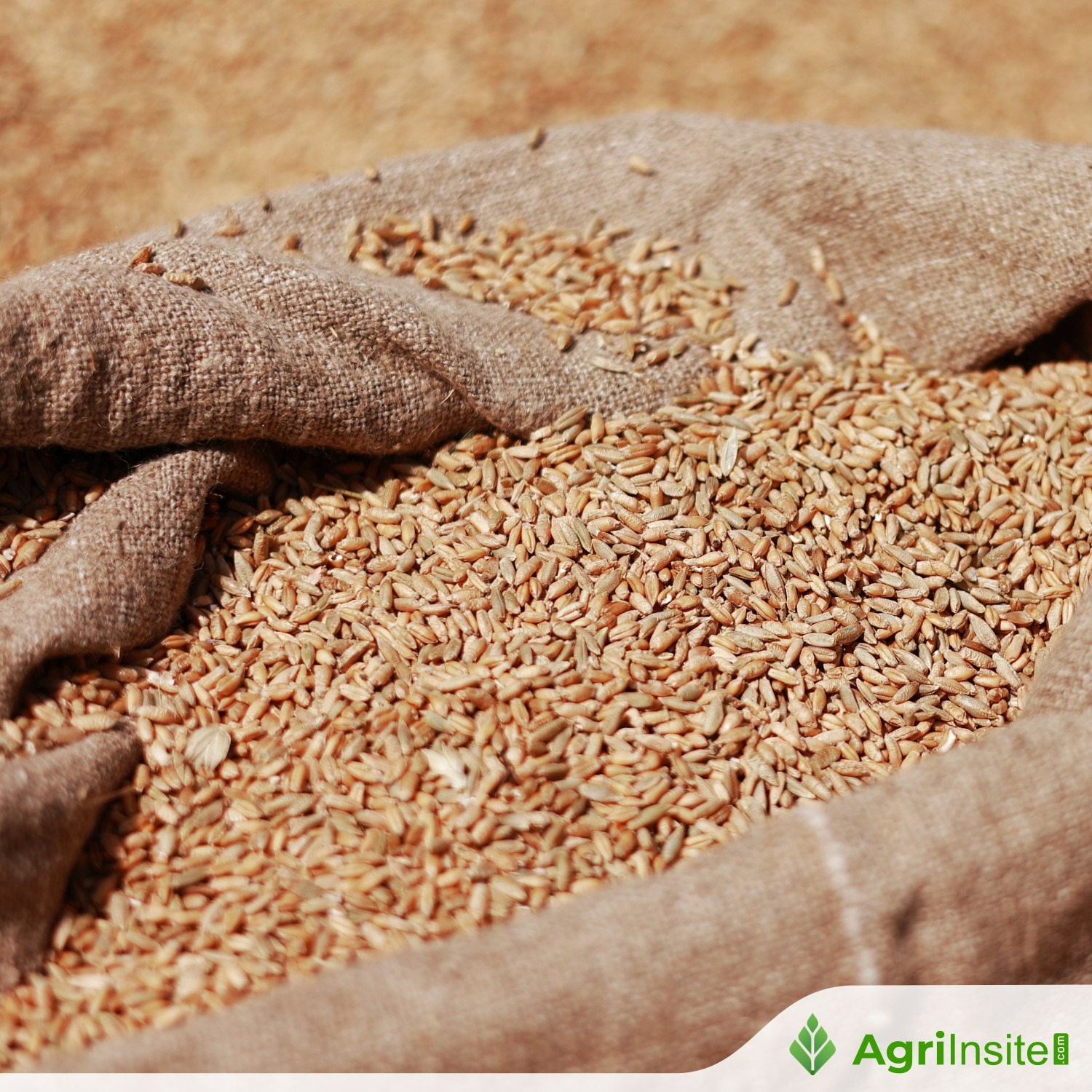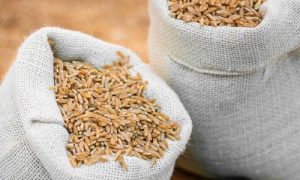Update on South Africa’s 2025-26 wheat imports progress

South Africa’s 2025-26 wheat imports are projected at 1.74 million tonnes, slightly lower than 1.83 million tonnes in 2024-25, due to a modest recovery in domestic production. Current imports of 92,705 tonnes have come from the U.S., Australia, Lithuania, and Poland. Domestic output is estimated at 2.03 million tonnes, meeting part of the 3.8 million-tonne national demand.
The imports to date have totalled 92 705 tonnes from the United States, Australia, Lithuania and Poland. The United States was the new addition this marketing year, while the rest of the countries were the primary suppliers in the first week of the 2025-26 marketing year. The year ends in September 2026.
We expect South Africa’s 2025-26 wheat imports to reach 1.74 million tonnes, down from 1.83 million tonnes in 2024-25 marketing year because of an expected slight recovery in the domestic harvest.
For anyone wondering why South Africa imports wheat, I must highlight some brief historical perspective I have shared here before. South Africa began importing over a million tonnes of wheat from the 2003-04 marketing year.
In the years before that, wheat imports averaged 458 518 tonnes, for example, between 1989-90 and 2002-03. The import surge resulted from increased consumption and a decline in area plantings.
From the 1997-98 season, South Africa’s wheat plantings fell below a million hectares, the norm in seasons before this period. This decline is better explained by the profitability challenges that farmers have faced since that period, specifically in the Free State and in non-conducive climatic conditions.
The critical thing to recall is that before 1997-98, South Africa’s agricultural markets were regulated, and the various commodities boards played a massive role in setting prices, including wheat.
Thus, after deregulation, South African farmers had to compete in the global market. Therefore, the Free State production areas came under profitability strain, resulting in farmers switching from wheat to other profitable crops.
Other provinces of South Africa don’t have large areas with conducive climatic conditions for high-quality wheat milling for human consumption. Hence, we speak of a few central wheat-producing provinces, including the Western Cape and those under irrigation in the Northern Cape, Free State, Limpopo and North West.
A significant development over the years has been the improvement in productivity in South Africa’s wheat farming. In 1997-98, South Africa’s wheat yields were below 2.0 tonnes per hectare. The yields are 3,8 tonnes per hectare as of the 2024-25 production season.
Because of improved profitability, South African wheat production has remained relatively large. The 2021/22 crop was the largest in 20 years, at about 2.3 million tonnes.
In 2025-26, the crop is estimated at 2.03 million tonnes. This is insufficient to meet annual consumption. Thus, we say, South Africa will likely import about 1.74 million tonnes of wheat in the 2025-26 marketing year to supplement the domestic supplies. The current import volumes are roughly half of South Africa’s annual wheat needs of 3.8 million tonnes.
To Read more about Wheat News continue reading Agriinsite.com
Source : Ukr Agro Consult

















